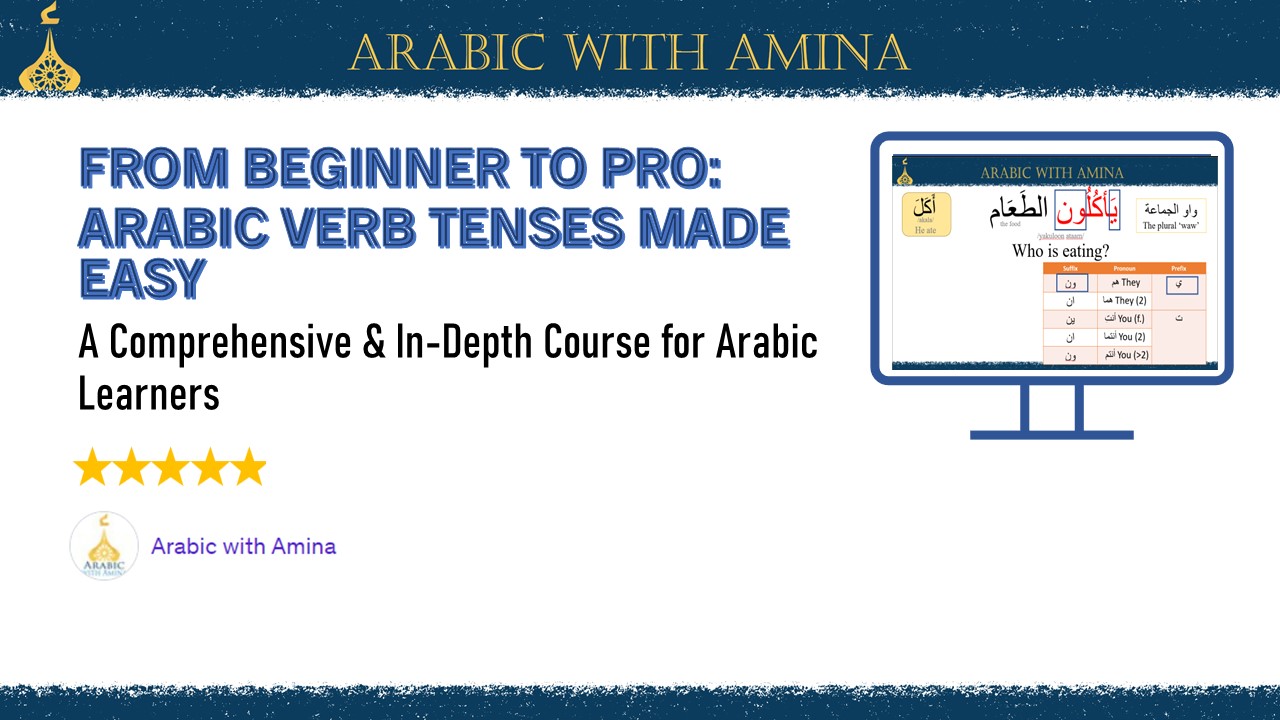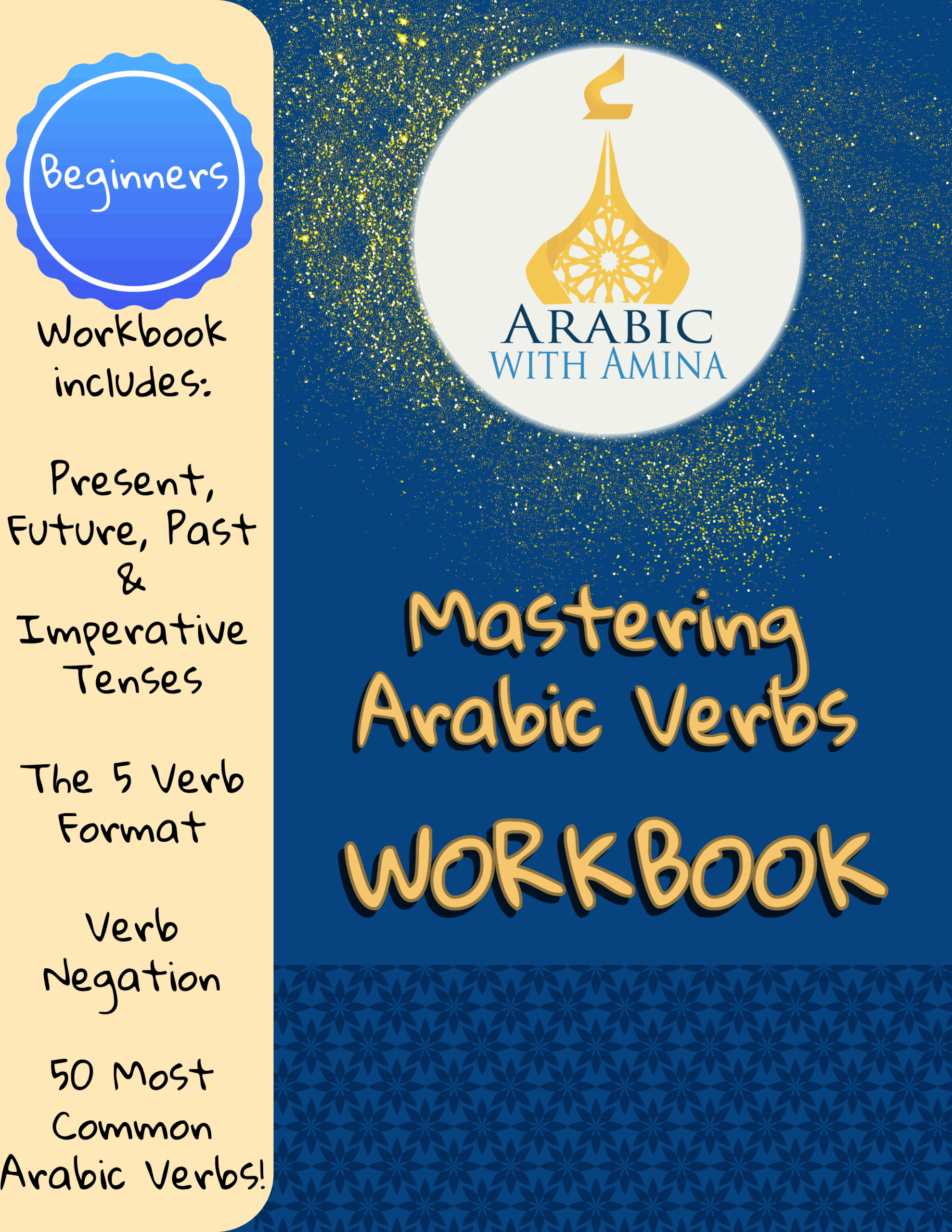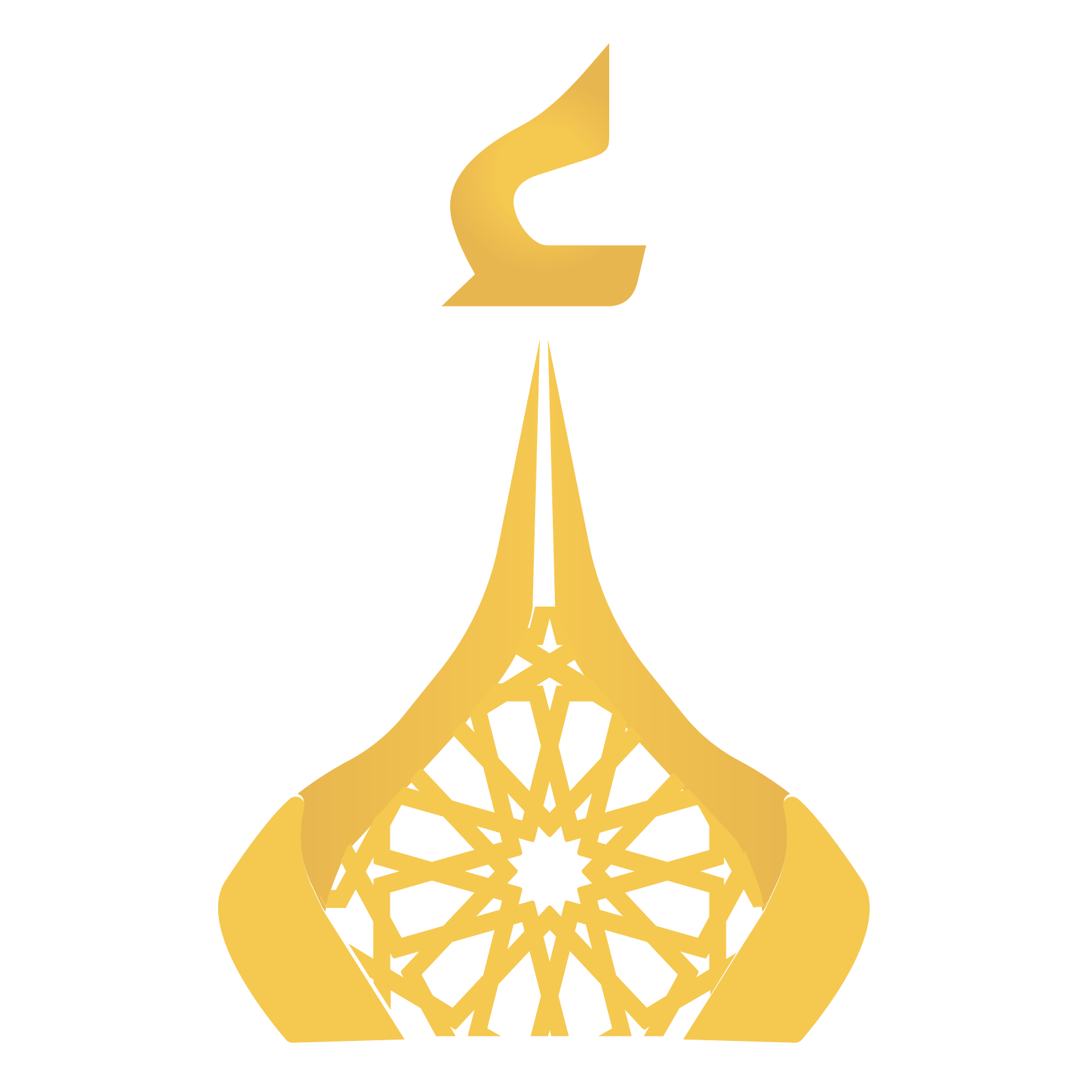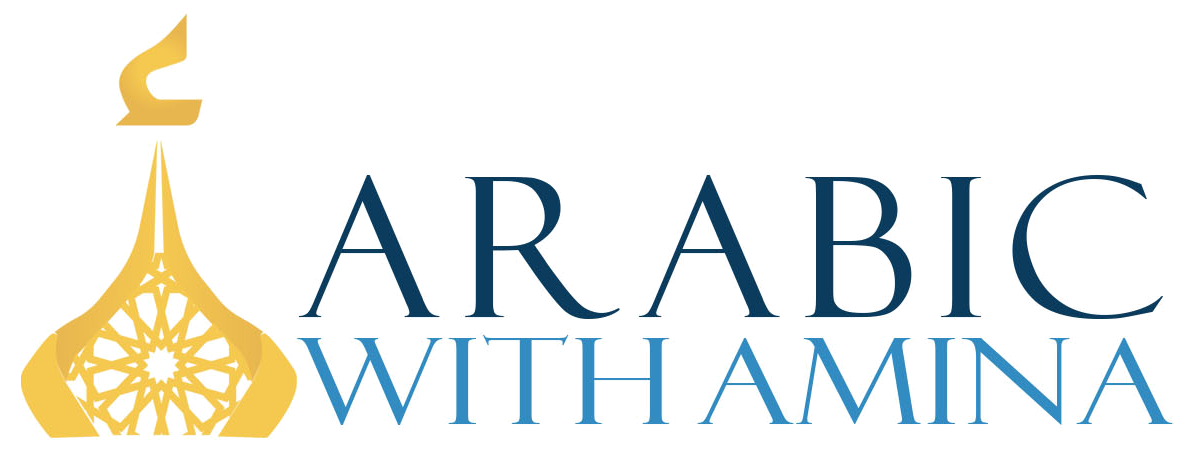CLICK THE CURRICULUM TAB TO BEGIN COURSE


Master Arabic verbs with this comprehensive course designed to take you from the very basics of verb structure to confidently forming full verbal sentences. Whether you’re struggling with conjugation or feeling unsure about tenses, this course breaks it all down in a clear, step-by-step manner. You’ll explore Arabic root systems, learn how to conjugate for different pronouns, and master past, present, future, and imperative verbs. We’ll also dive into negation and sentence formation using real-life examples. This course is beginner-friendly but rich enough for intermediate learners looking to reinforce core grammar. To deepen your understanding, pair it with the Mastering Arabic Verbs Workbook (click here), which offers guided practice aligned with each video lesson.
CLICK THE CURRICULUM TAB TO BEGIN COURSE
Curriculum
- 5 Sections
- 11 Lessons
- Lifetime
- Introduction to Arabic VerbsStart your journey with Arabic verbs by learning what verbs are, how they’re built from roots, and how they change depending on the subject. These foundational lessons will prepare you for mastering tense, negation, and full sentence structure later in the course.3
- Verb TensesThis section walks you through the four essential tenses in Arabic: past, present, future, and imperative. You’ll learn when to use each tense and how to conjugate verbs correctly with practical examples and patterns.4
- Verb NegationLearn how to express the opposite of actions in Arabic by negating past, present, future, and imperative tenses. We’ll cover different negation particles and sentence structures for each scenario, so you can say what didn’t happen or what must not happen.2
- Verbal SentencesNow that you know how to use verbs, it’s time to build full sentences. This section will help you form subject-verb-object sentences and understand verb-first sentence structures, which are common in Arabic.1
- Course WorkbookPractice makes perfect — and this workbook is your companion for every lesson in the course. Inside, you’ll find exercises for each topic, including verb tables, fill-in-the-blanks, and more to reinforce your learning in a structured, hands-on way.1


